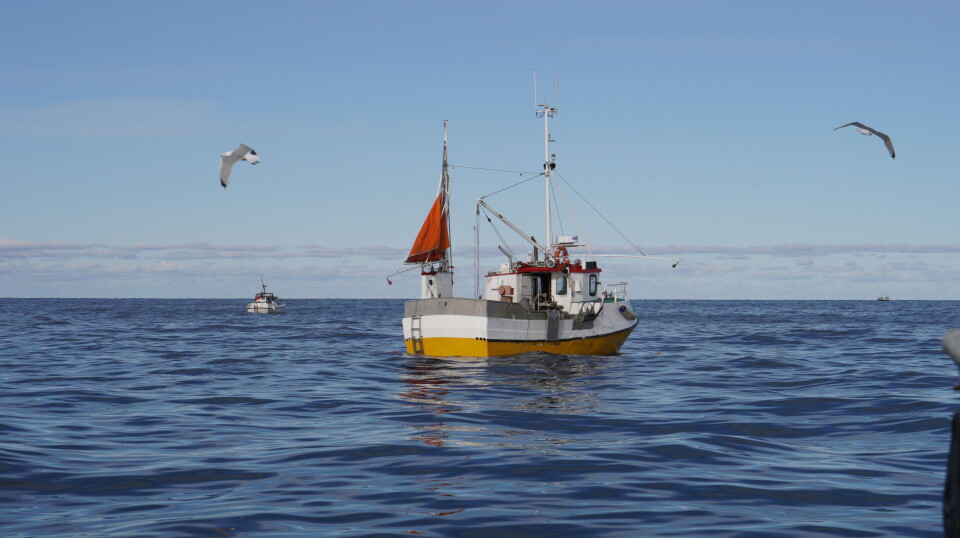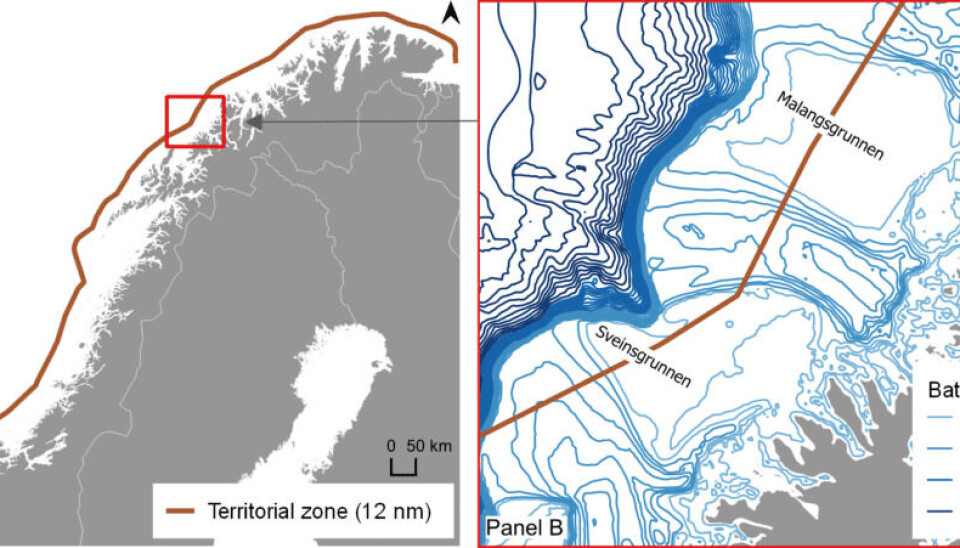THIS ARTICLE/PRESS RELEASE IS PAID FOR AND PRESENTED BY Nofima The Norwegian Institute of Food, Fisheries and Aquaculture Research - read more

Loss of MSC certification has little impact on the price of Norwegian cod
There is little or no price difference in the primary market for MSC-certified cod.
“The loss of MSC certification for cod caught within 12 nautical miles of the coast has not led to a lower price for this cod,” Geir Sogn-Grundvåg says.
He is a senior scientist at Nofima.
“After we have accounted for other factors such as fishing gear and area, the loss of MSC certification has had no effect,” Ingrid K. Pettersen adds.
She is an associate professor at the Norwegian College of Fishery Science, UiT The Arctic University of Norway.
Loss of MSC certification
The cod fishery in the north consists of local coastal cod and Northeast Atlantic cod that have migrated from the Barents Sea to the Norwegian coast.
While the Barents Sea cod was MSC certified in 2010, the coastal cod was certified in 2011 and was subject to an approved development plan. It has not been successful.
Because the coastal cod mixes with the migrating Northeast Atlantic cod during the winter season, all cod caught within 12 nautical miles of the coast (north of the 62nd parallel) lost their MSC certification on 15 August 2021.
“This provided a unique opportunity to study whether the main idea behind MSC certification holds water. In other words, price premiums are given for certified products in the end markets, and these are shared with fishermen and lead to more sustainable management and fishing practices,” Sogn-Grundvåg says.
Commissioned by the Norwegian Seafood Research Fund, scientists have therefore studied the price-related consequences of the loss of MSC certification for cod caught within 12 nautical miles of the coast.
The Norwegian fisheries industry has invested significant amounts in MSC certification of the most important Norwegian fisheries. This is based on the assumption that such certification is crucial in terms of access to many of the most attractive seafood markets. However, the actual significance of these investments has not been investigated using scientific methods.

Other factors are more important
The scientists point out that in order to study the effect of the loss of MSC certification, it is important to take other factors into account that may affect price, and which may have changed after the loss of certification.
The fishing gear, size, quality and where the fish is delivered are possible factors that may have affected the price for fishermen. Because they have a high level of data detail in this area, the scientists have categorised buyers into groups according to main application: Conventional (salted fish, clipfish, stockfish), filleted or fresh fish.
“We find that it is these other factors that matter most regarding price. For example, the fish that are labelled with extra quality or A-quality achieve a somewhat higher price than fish that do not have this labelling,” Pettersen says. “It is also interesting that there is a significant difference in types of buyers. Those buyers engaged in fillet production have a somewhat higher willingness to pay for MSC-certified cod than those whose main activity is conventional production.”
Supermarket chains hold a lot of power
“How, then, can you explain that there is no price premium for cod that has MSC certification?”
“One important explanation is probably that cod is a very versatile raw material that can be used in many different products; fresh and frozen, whole fish and fillets, for salted fish, clipfish and stockfish. The different products are sold to markets and customers that have different demands regarding sustainability labelling," Sogn-Grundvåg says.
Other explanations may be:
- Supermarket chains hold a lot of market power and can choose not to share a price premium with the next link higher up the value chain.
- Fierce competition for the purchase of fresh cod from fishermen. Buyers are afraid of losing deliveries and therefore may not dare to pay a lower price for cod that has reduced quality or lacks sustainability certification.
MSC more important in Northern Europe
Several consumer studies in northern European markets show that there is a price premium for MSC-labelled seafood in some markets and segments.
“However, in the large southern European markets such as Spain, Portugal and Italy, where around 40 per cent of cod from Norway is consumed, there seems to be low demand for MSC-certified fish,” Ingrid K. Pettersen says.
Geir Sogn-Grundvåg, who has led the analysis work, believes it is important to state that there is no doubt that sustainability is important.
“We do not find, however, that this leads to any price difference in the primary market for cod with and without MSC certification, with the exception of buyers that have fillets as their main activity,” he says.
The analysis work has been conducted in collaboration with Associate Professor Julia Bronnmann at the University of Southern Denmark and Professor Frank Asche at the University of Florida.
The next phase of the project is to study whether Norwegian exporters achieve price premiums for certified cod and whether this varies for different products and markets.

This article/press release is paid for and presented by Nofima The Norwegian Institute of Food, Fisheries and Aquaculture Research
This content is created by Nofima's communication staff, who use this platform to communicate science and share results from research with the public. Nofima is one of more than 80 owners of ScienceNorway.no. Read more here.
See more content from Nofima:
-
Red algae grown in wastewater from fish-farming facilities could become sustainable salmon feed
-
Pumpkins are good for more than just Halloween decorations
-
This is how temperature affects a salmon's health and growth
-
Study: Omega-3 and zinc is a powerful duo for salmon
-
Fish may turn yellow if frozen too fresh
-
Is it better if food is packaged in plastic or paperboard?




































